With the expansion of hybrid cultivars, helpful tools like shade cloth and row cover, and the proven benefits of raised beds, it has become increasingly more accessible for short-season growers to have a successful growing season.
Cold-hardy vegetables like kale, spinach, and some lettuce are wise choices for cool regions. Still, plant breeders are designing warm-season cultivars like cucumbers and peppers for season extension, disease resistance, and bolting to give us more options. The springs here in New England are all over the map, so we are always searching for the next big thing to allow us to start earlier and grow further into the fall.
Growing certain crops in raised beds has been a game changer on my market farm. Let’s get into the 15 best plants for short-season climates so you can work with nature rather than against it and set yourself up for a good year.
Carrots
With many variety options, incredible health benefits, and few pests, carrots are fun to grow and great for short-season growers. The deep soil of raised beds is perfect for carrots, which need fertile, well-draining soil with lots of organic matter.
Try ‘Tendersweet’ early in the season as it’s frost-tolerant. It will produce long and slender carrots with fantastic sweetness. ‘Scarlet Nantes’ is a reliable main-season carrot with hardly any core.
Pro Tip: Transplant summer or late-season tomatoes into your bed after you harvest the carrots. The tomatoes benefit from the deep aeration of carrot roots. This practice can alleviate the need to fork before transplanting.
Kale
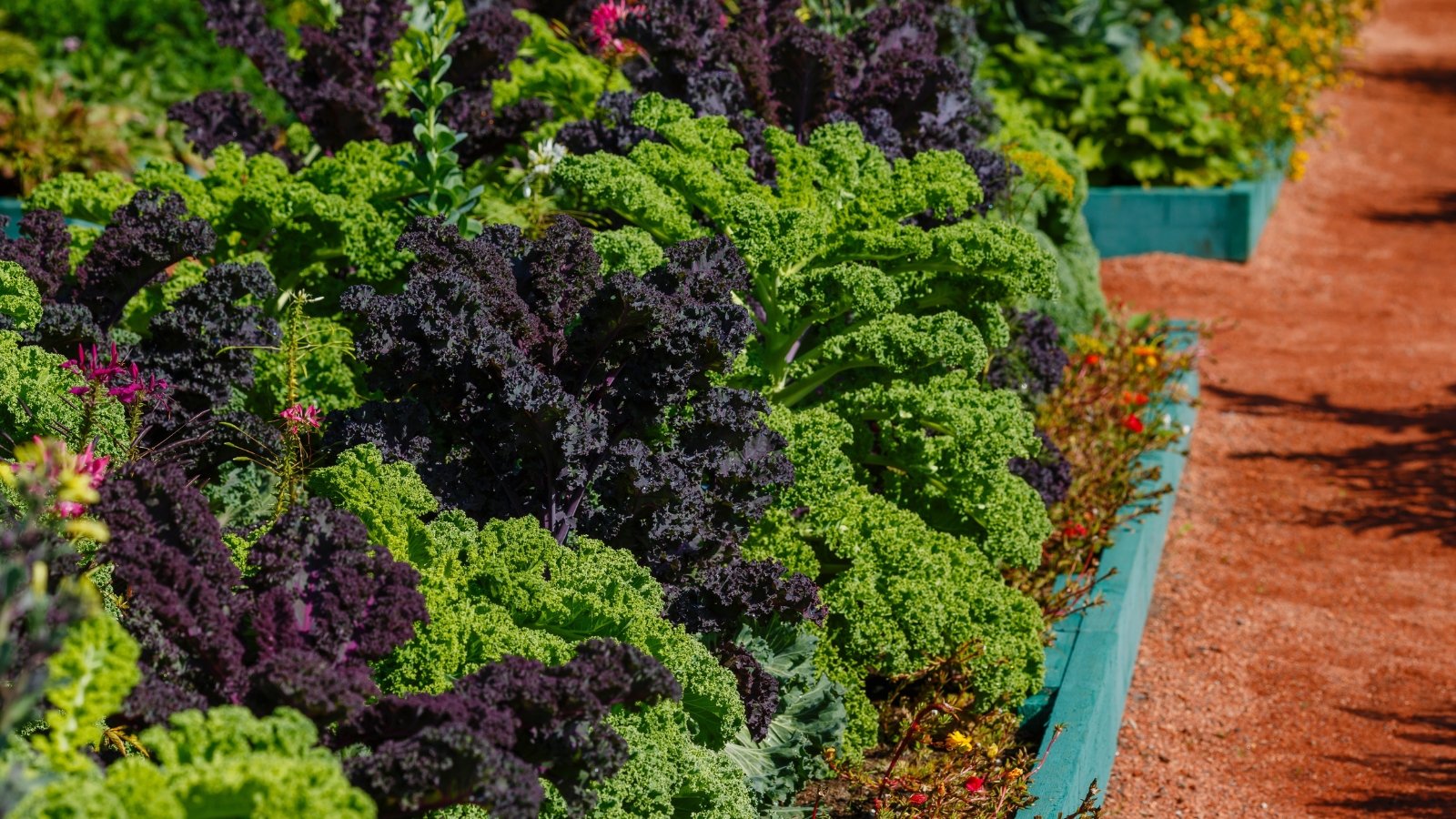
Select a suitable kale variety for your climate, and your plants will produce for you all season. I like direct sowing a kale mix in the spring to harvest as baby greens. Try ‘Premier Blend Kale’ that combines curly ‘Dwarf Blue Curled’ for texture and the earthiness of ‘Red Russian,’ among others. Harvest can begin in just 30 days.
When it’s time to transition to summer crops, cut the stems out, leaving the roots to support microbial activity, and transplant full-sized kale to a different location in your raised bed. ‘Dazzling Blue’ is one of my favorites for its stunning mix of green, blue, and purple leaves and exciting textures.
Kale is a cold-weather crop, and some varieties can withstand hard frosts. Our community loves our kale options for late-season soups and stews, high yields, and long seasons.
Determinate Tomatoes
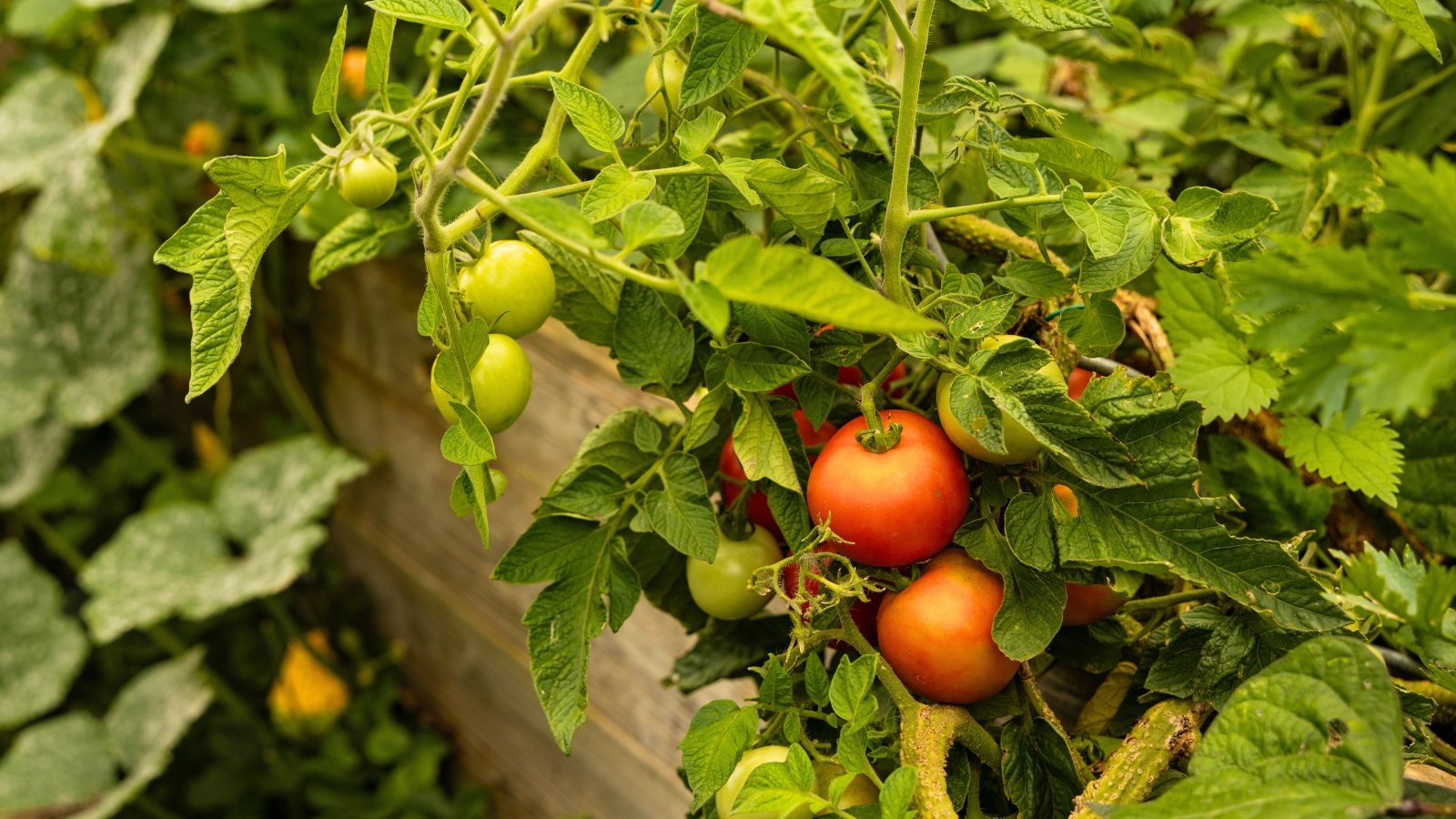
I recommend determinate tomatoes instead of heirloom or cherry tomatoes because determinate tomatoes produce a big flush all at once. Then, you can flip your bed space and plant a fall crop, making double use of the space.
You can start tomato seeds indoors to get a jump start on your season. Transplant them after the risk of frost has passed, and provide staking if necessary to keep them from flopping onto the soil surface, which increases the chances of disease. Upon transplanting, set up irrigation lines to ensure they receive ample water.
‘Ace 55 Bush’ is a low-acid, highly productive option for old-timey flavor for canning. Select ‘Italian Roma Bush’ for an heirloom paste that matures in 80 days. Either is excellent for processing into sauce or stewed tomatoes and freezing for later use.
Cucumbers
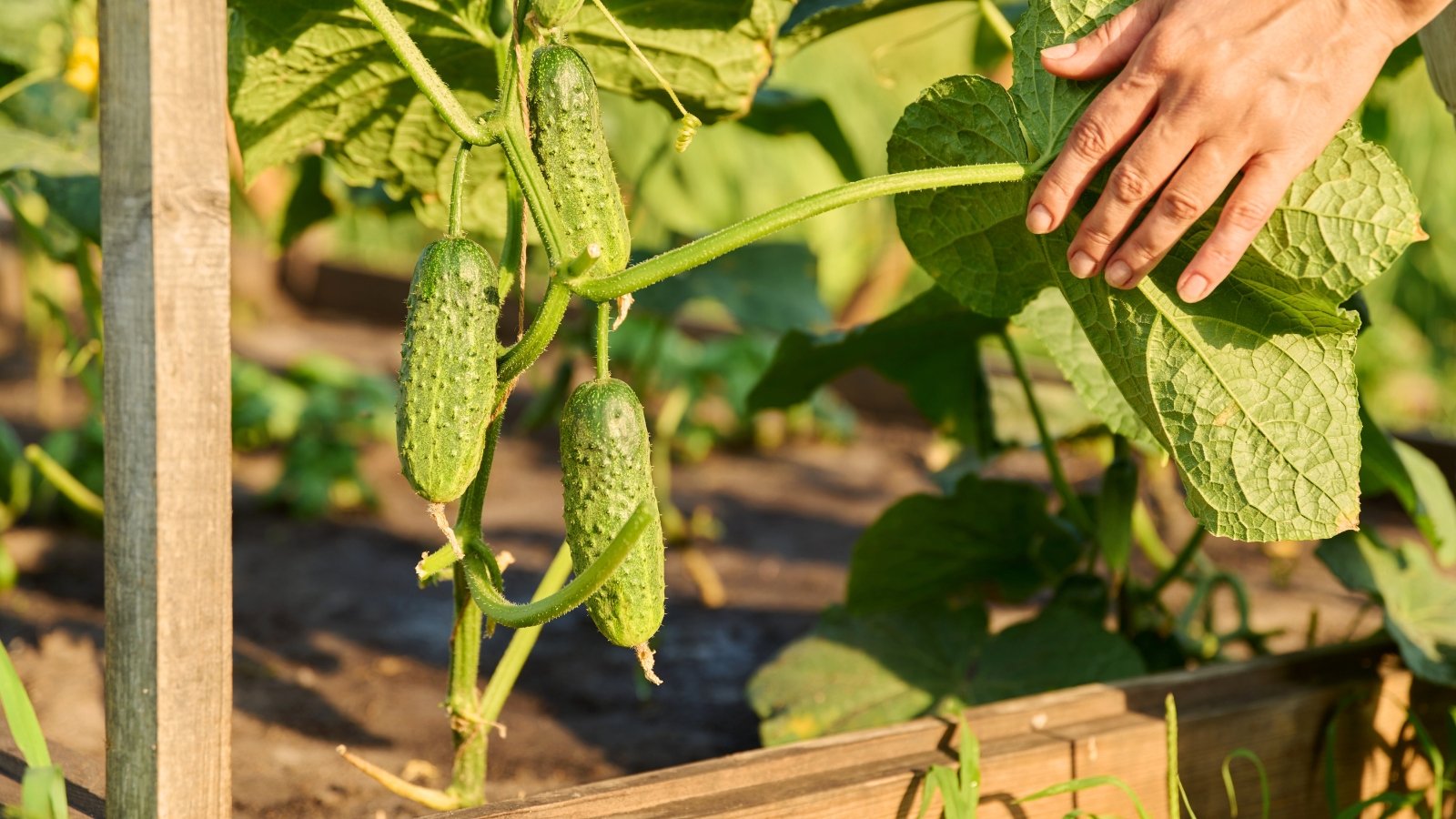
If you love eating pickles, try growing pickling cucumbers! You can eat these shorties fresh as a snack or add them to a salad, but ‘Homemade Pickles’ are the perfect seed to select for container growing and processing into pickles, as the name suggests. They also have a stellar disease-resistance package.
Cucumbers are a must for short-season growers. Depending on their size, they mature in 50 to 70 days. Slicing and English-style cucumbers perform best when trellised, so have a plan in mind when planting them into raised beds. Allowing them to grow up a structure will provide good airflow, prevent disease, and make harvesting much more accessible.
Cucumbers are susceptible to cold and frost damage, so transplant them when temperatures are well consistently above 60°F (16°C), taking care not to disturb their roots.
Potatoes
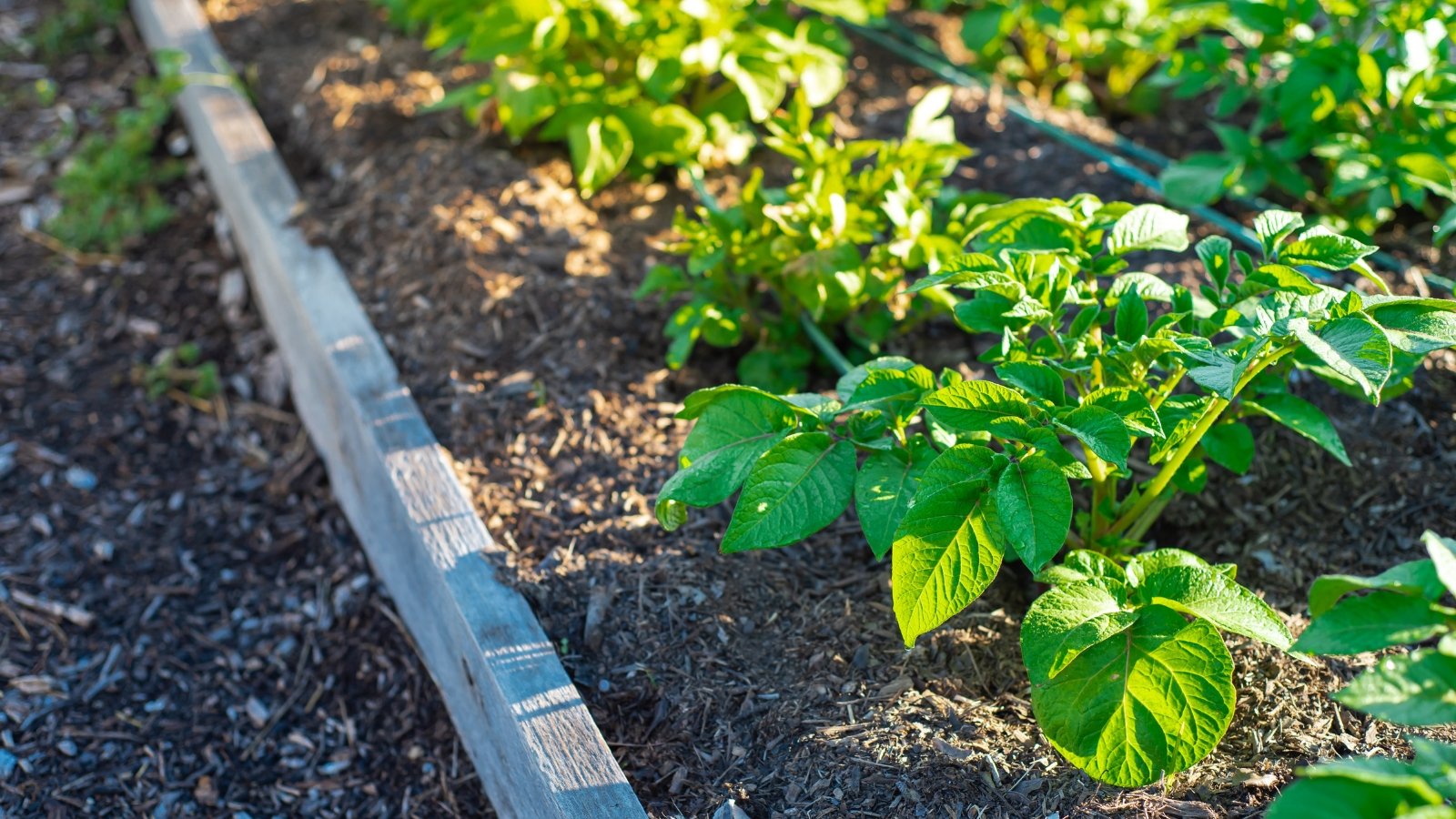
Growing potatoes in the home garden lets you decide what size, color, shape, and flavor of potatoes you store and eat in the winter. Your options are plentiful, and most will consistently perform well in container and raised beds.
Smaller varieties like fingerlings and small reds will mature earlier than a large russet. You may also grow potatoes simply for tender new potatoes, which take around ten weeks. Then, utilize the space for a new summer crop, avoiding nightshades like eggplant or peppers. Instead, opt for greens, leeks, or green beans, which will perform well in the soil after potatoes.
One crucial step to note when growing in a raised bed is the need to hill. You may need to add topsoil or compost to properly hill your potato plants for proper root formation and increased yields.
Herbs
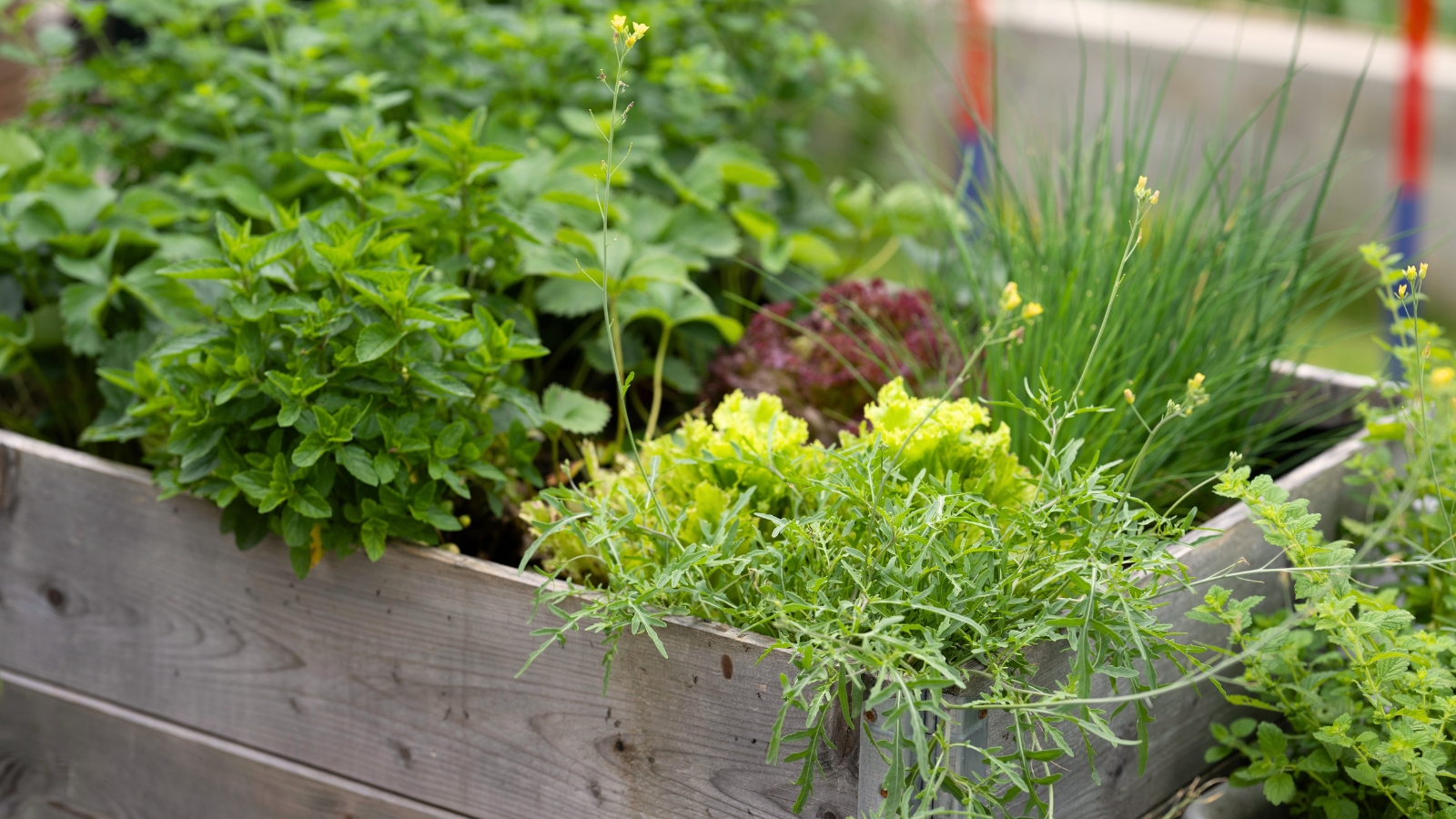
If you often cook at home, I highly recommend an herb garden. Nothing beats grabbing a fistful of fresh basil for a Caprese salad, a pinch of oregano for a pasta sauce, or sprigs of parsley to brighten a chicken marinade. Adding them to a raised bed just outside your door makes harvesting them painless (less bending over!) and will make you feel like a rockstar chef.
Many herbs quickly mature, perform well all season, and have multiple uses. Plus, you can easily hang them to dry for later use, so nothing goes to waste.
Botanical Interests offers many herb types and varieties, so pick some of your favorites. You may even find some you’ve never tried before. As a bonus, many herbs are beautiful when they send out seeds and attract beneficial insects to assist with pollination.
Farmer Hack: Throw herbs in a fall flower bouquet for a unique and aromatic filler!
Hot and Petite Sweet Peppers
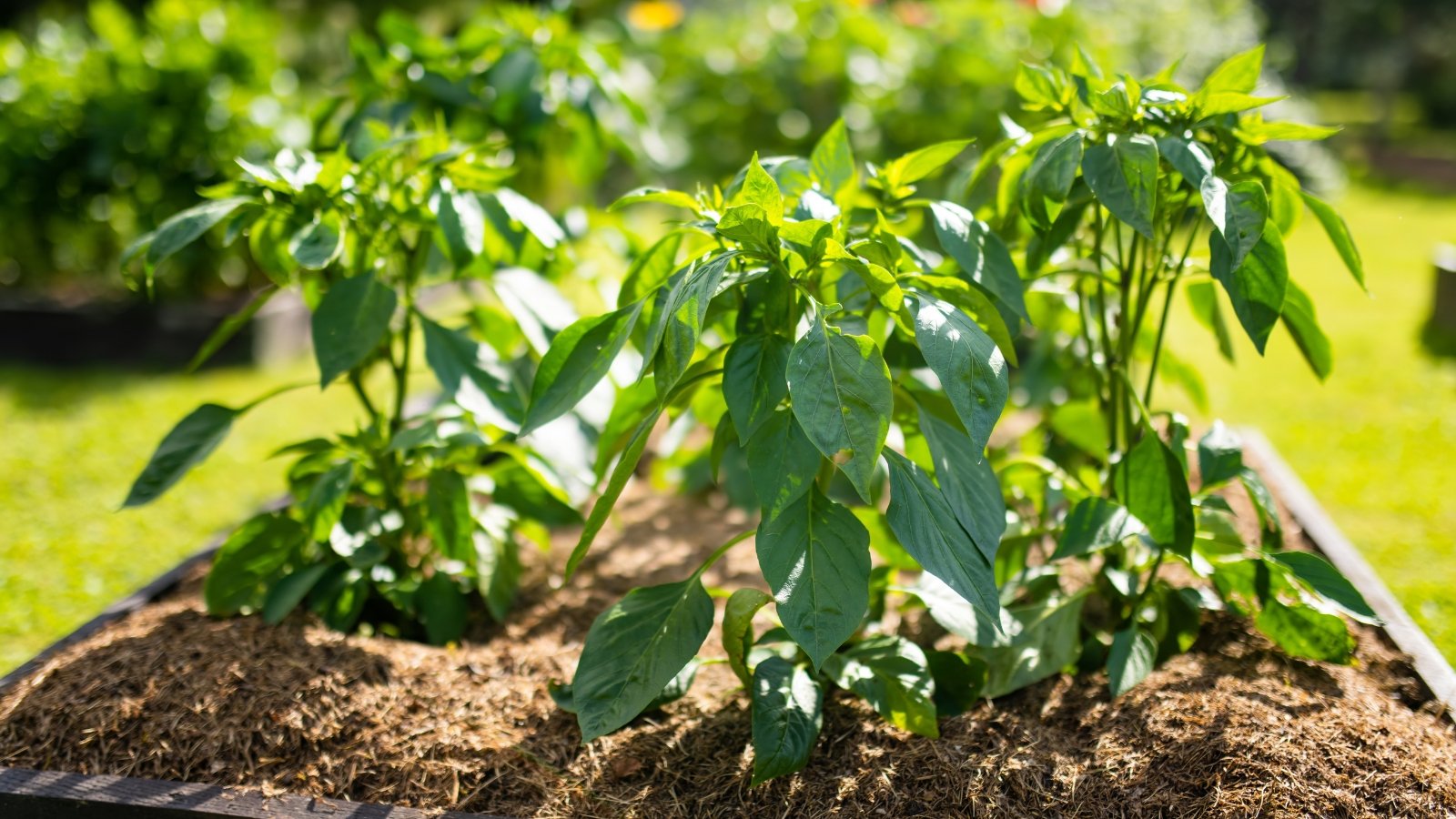
Peppers are tropical fruits requiring lots of water, good fertility, and mulch, but growers with short seasons can select small or hot peppers, which will mature sooner.
Here are a few quick-maturing peppers:
If you have raised beds in a protected structure like a small high tunnel or greenhouse, I highly recommend it. They’ll benefit from the added heat and pest control. If planted near tomatoes, watch out for the tomato and tobacco hornworm, which loves peppers equally and can destroy a patch overnight.
Peppers should have plenty of rich, compost-heavy, and well-draining soil, and they love water. They’re heavy feeders, so plan to feed them at various growth stages to help keep them healthy and productive. Growing peppers in raised beds will extend your season and keep hungry critters out.
Broccoli Raab and Broccoli
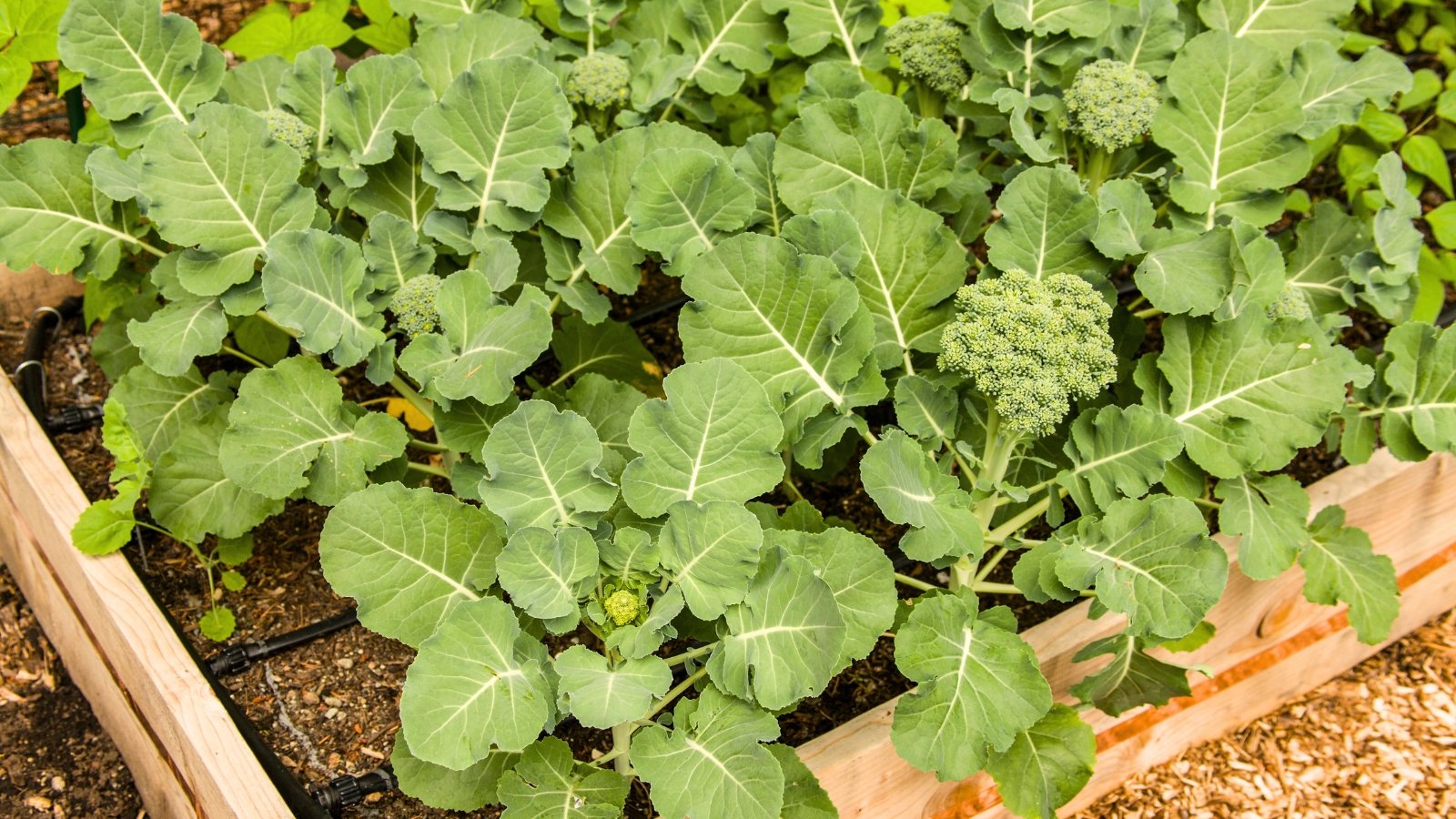
Broccoli is a great cool-season crop, rich in vitamins, fiber, and antioxidants. Transplant broccoli early in the season so it’s well-established when summer heat arrives. Some growers may get two harvests per season if enough time elapses between the first harvest and a fall frost.
Our community boasts that ‘Belstar’ is a good performer, even in the heat. It provides side shoots for multiple harvests and has good germination rates.
Pro Tip: Harvest the main heads when ready and freeze them for later use. Leave the plants in and allow them to provide tender side shoots you can feast on all summer.
Protect your crop from sudden heat waves with shade cloth. Shade cloth will help prevent bolting and yellowing and help retain moisture in the soil. Keep your eyes peeled for cabbage loopers, cabbage webworms, and diamondback moth caterpillars, all hungry for these delicious brassicas.
Bush Green Beans
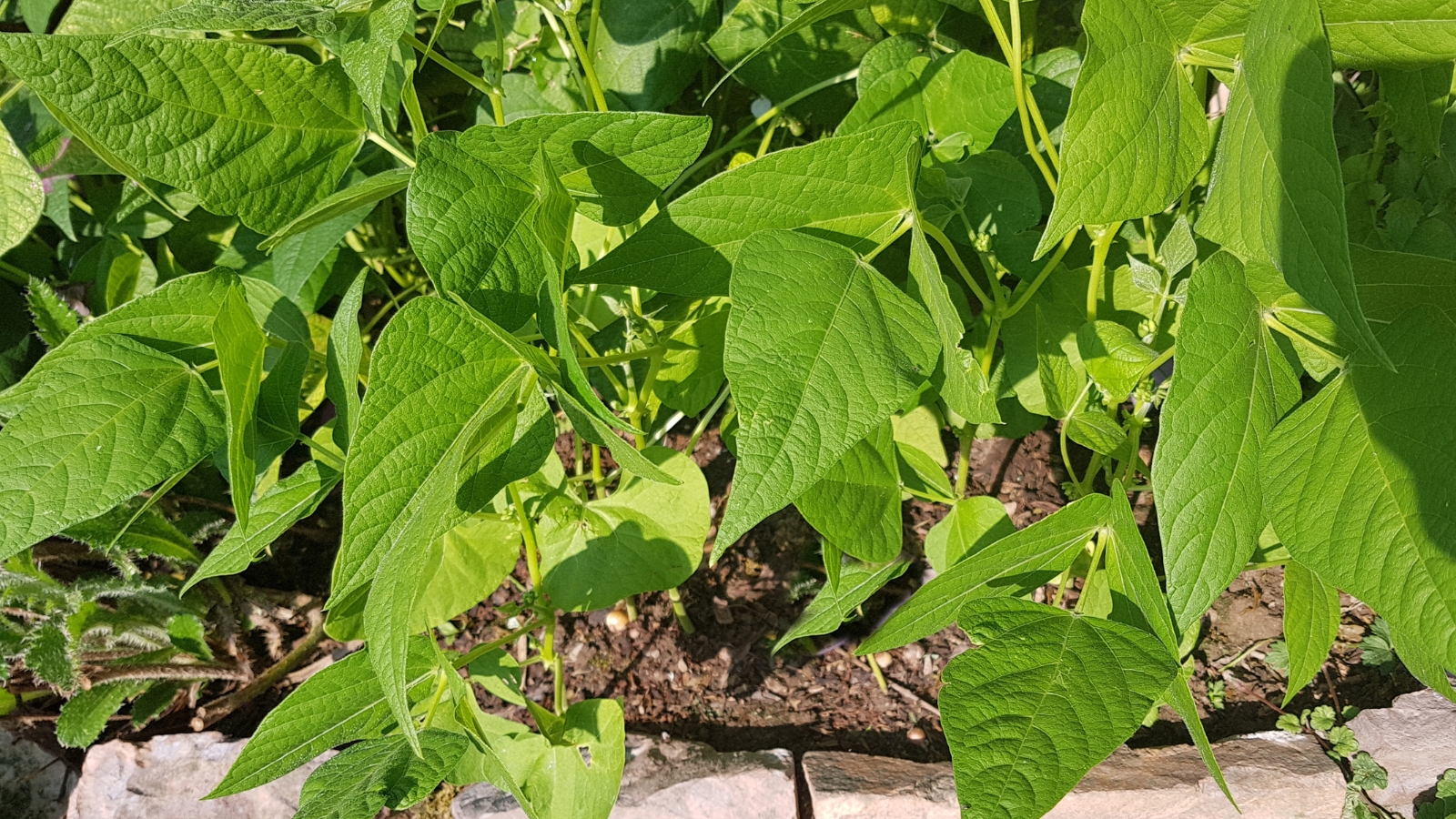
You can sow green beans indoors if you have critter pressure from voles and mice. Transplant them at six-inch spacing, allowing space for their lush foliage. This type of green bean does not require a trellis, making it ideal for raised beds.
Plants can become sunburned, so if transplanting, do so in the early morning and use a shade cloth if needed. Beans will be ready to harvest in about 50 to 55 days, and once they begin, get your harvest buckets ready because these plants are high-yielding!
‘Provider’ is a garden staple for its consistency and incredible yields. There will be plenty to try eating fresh, cooked, pickled, frozen, or canned.
Sugar Snap Peas
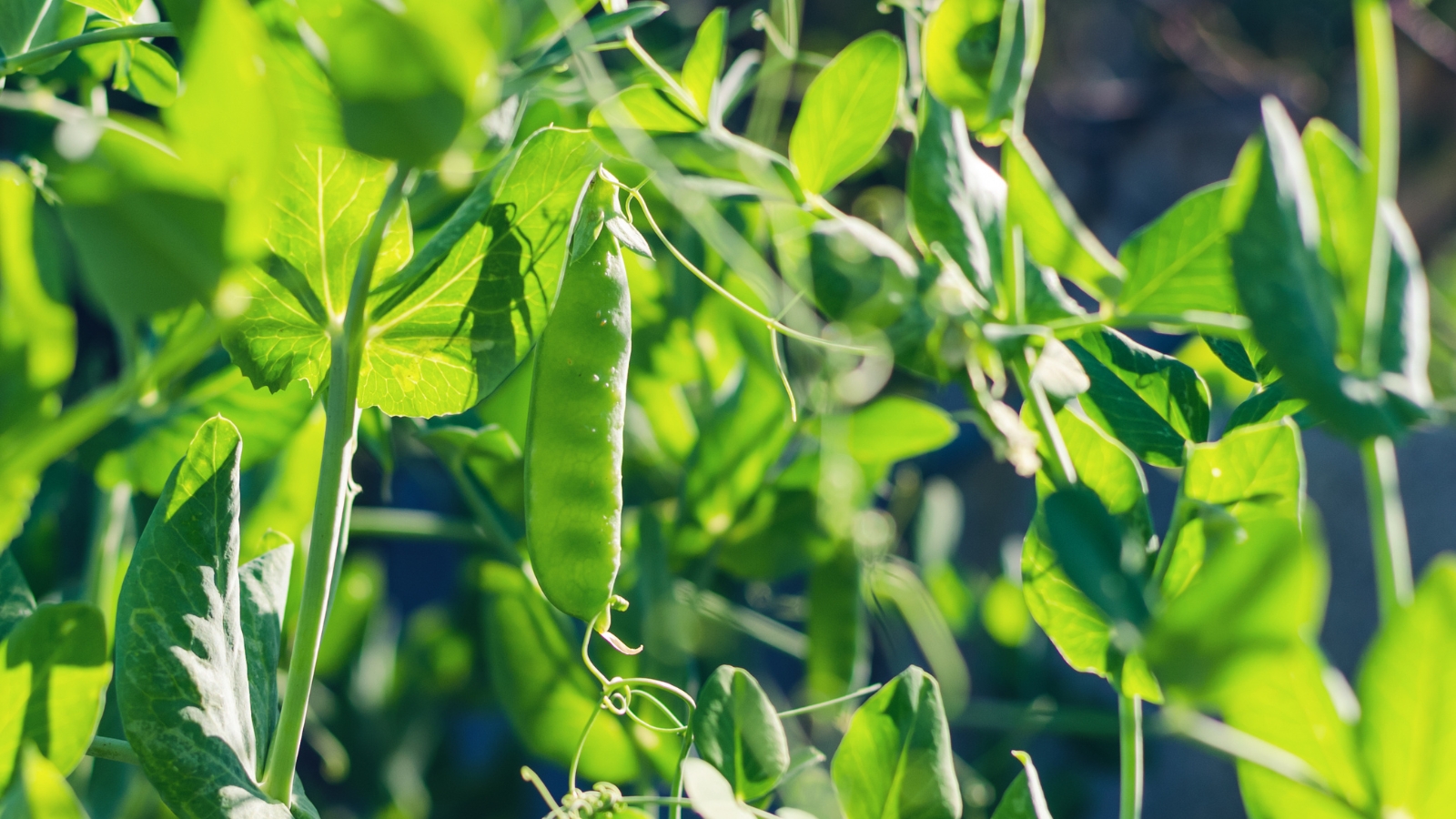
Sugar snap peas are often the first seeds to be sown in colder climates, as they’re tolerant of cool, wet spring soils. As soon as you can work the soil, sow seeds in your raised bed along a trellis and gently tamp them down into the soil. Oversow seeds to thin later to about three inches or strategically place them at that spacing.
Depending on your trellis system, you can use clips or tomato twine to guide the peas as they grow. You can also plant them at the base of an arch and help them grow up and over to the other side.
Snip off excessive flowers to help control unruliness and add them to a wild summer bouquet.
Spinach
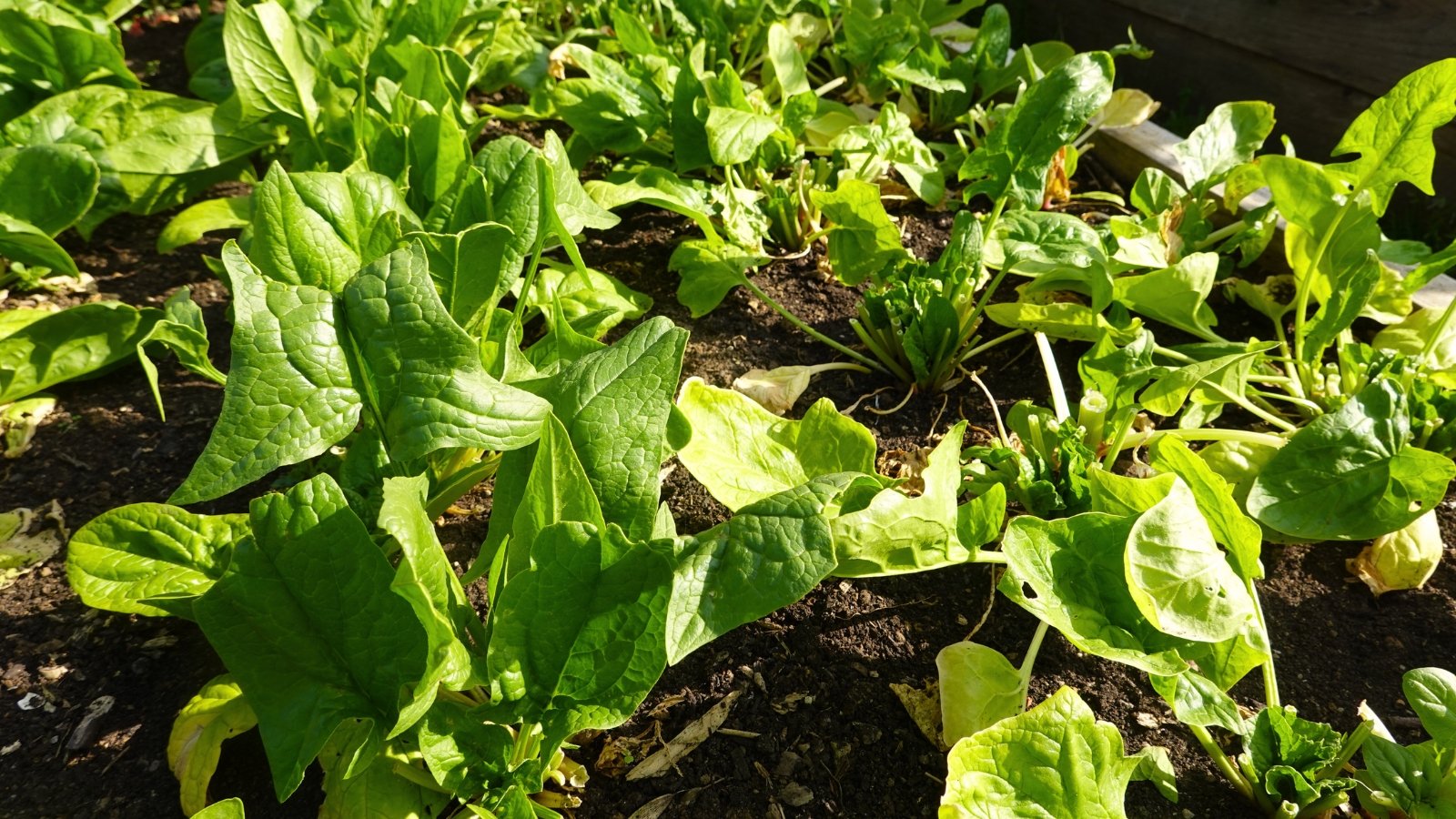
It’s hard to find greens as cold-tolerant and nutritious as spinach. It is quick to mature and delicious, making it perfect for short-season growers. Direct sow in the spring and fall, keeping your eyes peeled for slugs and snails.
Spinach can be grown alongside radishes and onions for pest control, strawberries for the shade they’ll provide, or early peas as they are tolerant of similarly cool soils.
Try ‘New Zealand’ spinach for a drought-tolerant spinach look-a-like that isn’t bothered by pests and dates back to 1770!
Garlic
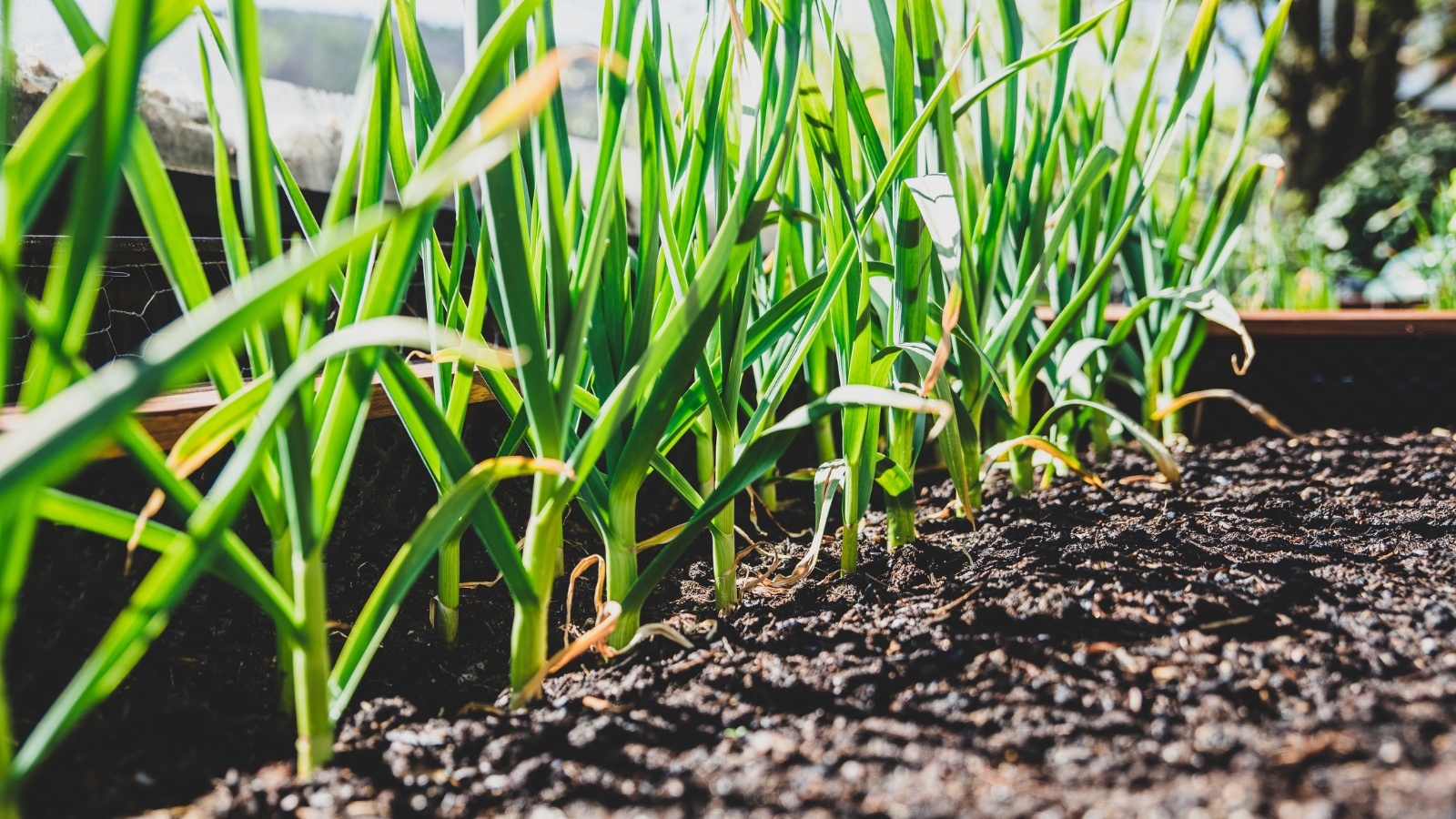
Garlic is the perfect root crop for short-season growers. Hardneck varieties are ideal for cold climates. Plant seed garlic in the fall with nitrogen-rich fertilizer to promote strong root formation. Mulch heavily to protect them from frost, then leave it alone until spring.
Pull back the mulch on a warm spring day and fertilize it with phosphorus and potassium to promote healthy bulb development. Whether you put the mulch back on is a personal preference and will depend on the forecasted weather. Mulch will continue to help maintain good soil moisture and suppress weeds, but disease risk may increase if the humidity is too high.
Harvest garlic scapes around June and the full bulbs about six weeks later, when ⅔ the tops have died back and turned brown. Hang them to dry in bunches or flat on chicken wire. Ensure they have good airflow and allow them to cure for four to six weeks. Properly cured garlic should not have any green remaining inside the stem.
Beets
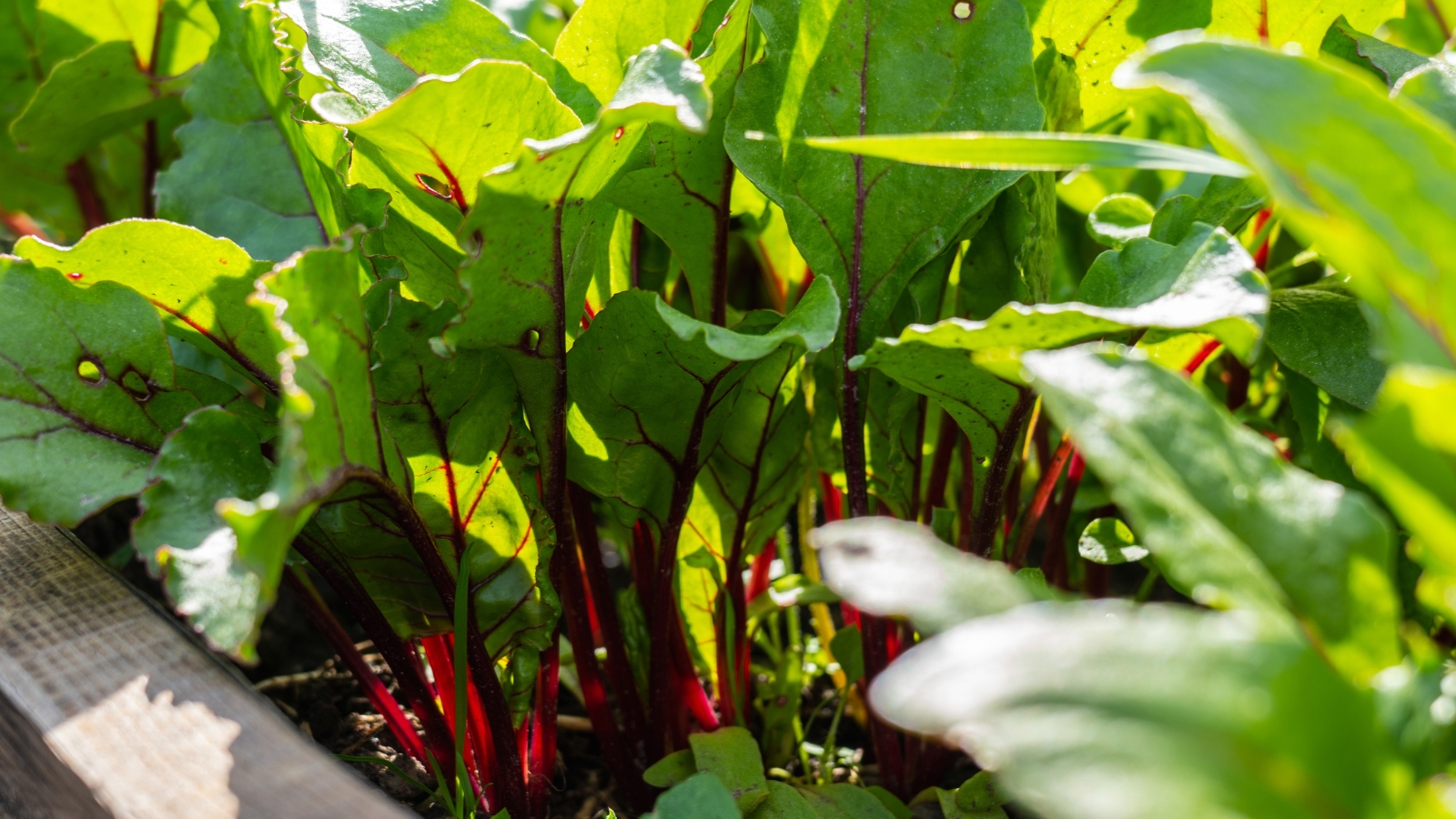
I prefer to transplant my beets because of their sporadic and inconsistent germination rates. I can space them out the way I like, bunch them together, and hill them up to encourage full root development.
You can direct sow or transplant beets in the early spring. Once established, beets can tolerate cool temperatures and even a light frost. Still, if temperatures drop severely, you should cover them with row fabric to protect them during early development.
Pro Tip: Beets grow well as a companion to bush beans. The nitrogen affixed to their roots becomes available as the beans die back. Since beets don’t require much nitrogen, the next round of crops will benefit, decreasing the need to fertilize.
Salad Turnips
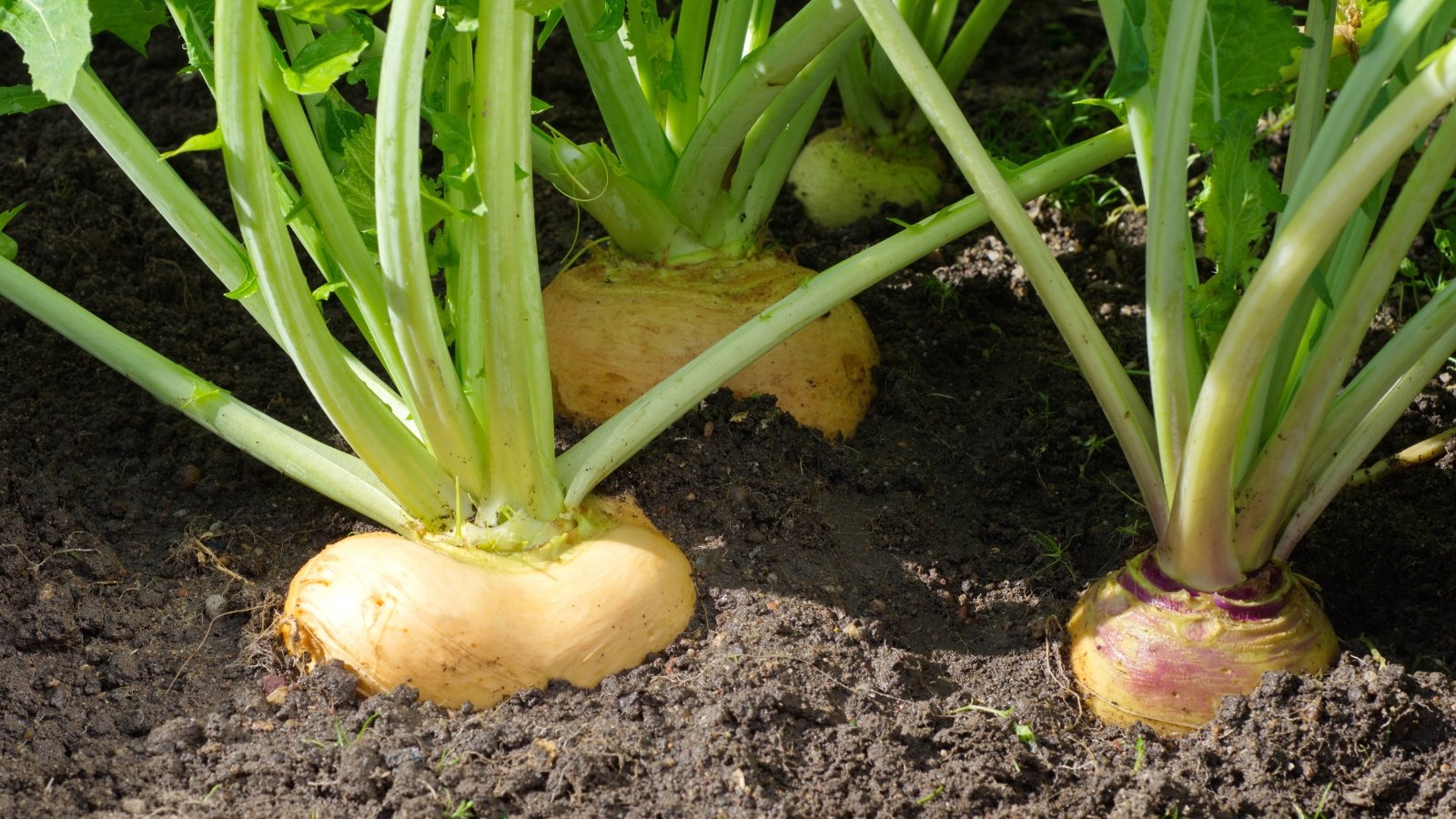
If you haven’t tried Japanese salad turnips yet, here’s my attempt to urge you to do so! This mild, juicy, refreshing summer root vegetable isn’t your grandma’s turnip. It is best when eaten fresh in salads or as a snack, but you can sautée them into stir-fries, add them to soups, or even pickle them.
‘Turnip White Lady’ will grow well in shallow raised beds like the 15” Short Birdie. They’re ready in 30 to 40 days, so plan for multiple successions of this unique root crop.
Provide ample water so they stay juicy, form correctly, and don’t become pithy. Aphids love turnip greens, so use insect netting as a physical barrier.
Arugula
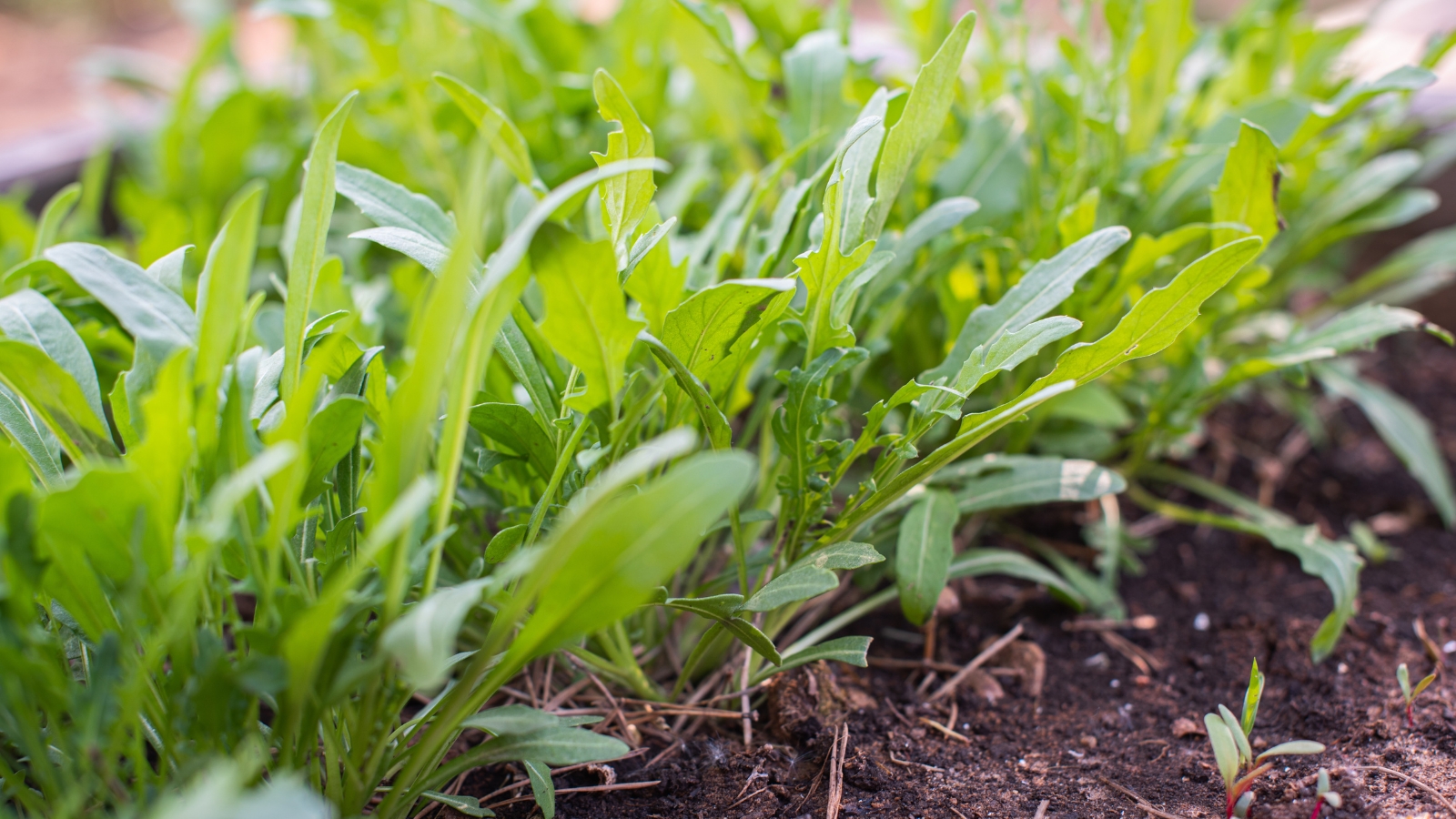
My spring dreams include salads made with fresh, spicy arugula, feta cheese, fresh fruit, a choice tree nut, and a light oil-based dressing. If yours are, too, ‘Astro’ is slow to bolt and ready to harvest and enjoy in a month or two.
Direct sow arugula as soon as you can work the soil. If frost is forecasted, use row cover or a cold frame to protect it from damage. If it’s growing in excess or you need to harvest a lot before it goes to seed, make arugula pesto!
Similar to radishes, arugula will become spicier as the weather becomes hotter. As summer temperatures remain high, you may have difficulty keeping arugula from bolting, so either take a break during peak summer or use shade cloth to relieve them of some heat.
Key Takeaways
- Stick with short-season varieties.
- Protect crops with row cover to extend your season, or consider adding high or low tunnels to increase production.
- Have a sowing schedule that will allow you to use raised bed space more than once.
- Use succession planting with quick crops like greens, spinach, and turnips.
- Take advantage of proven successful companion plantings.



